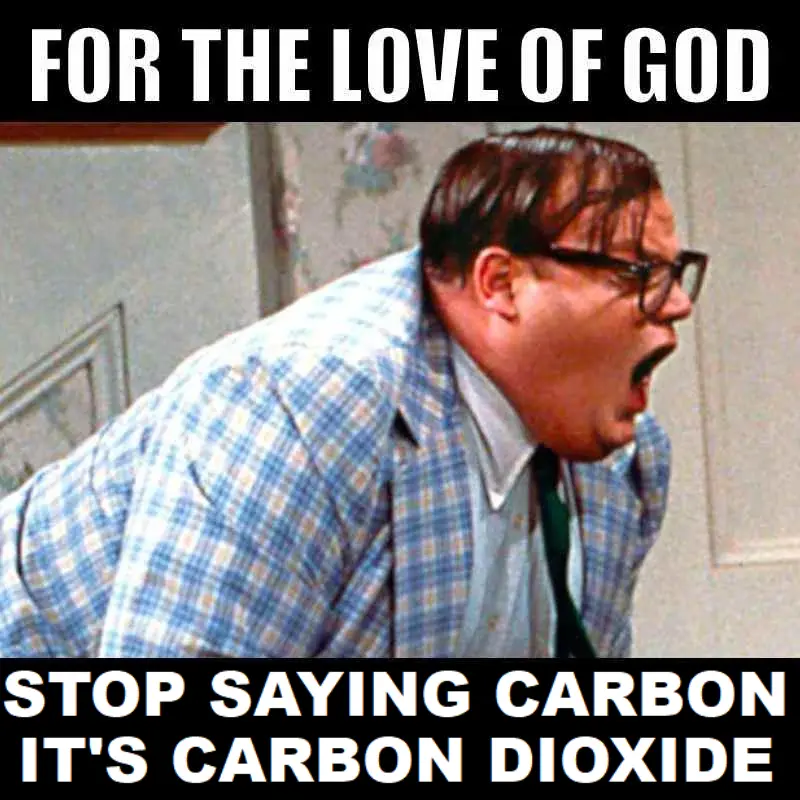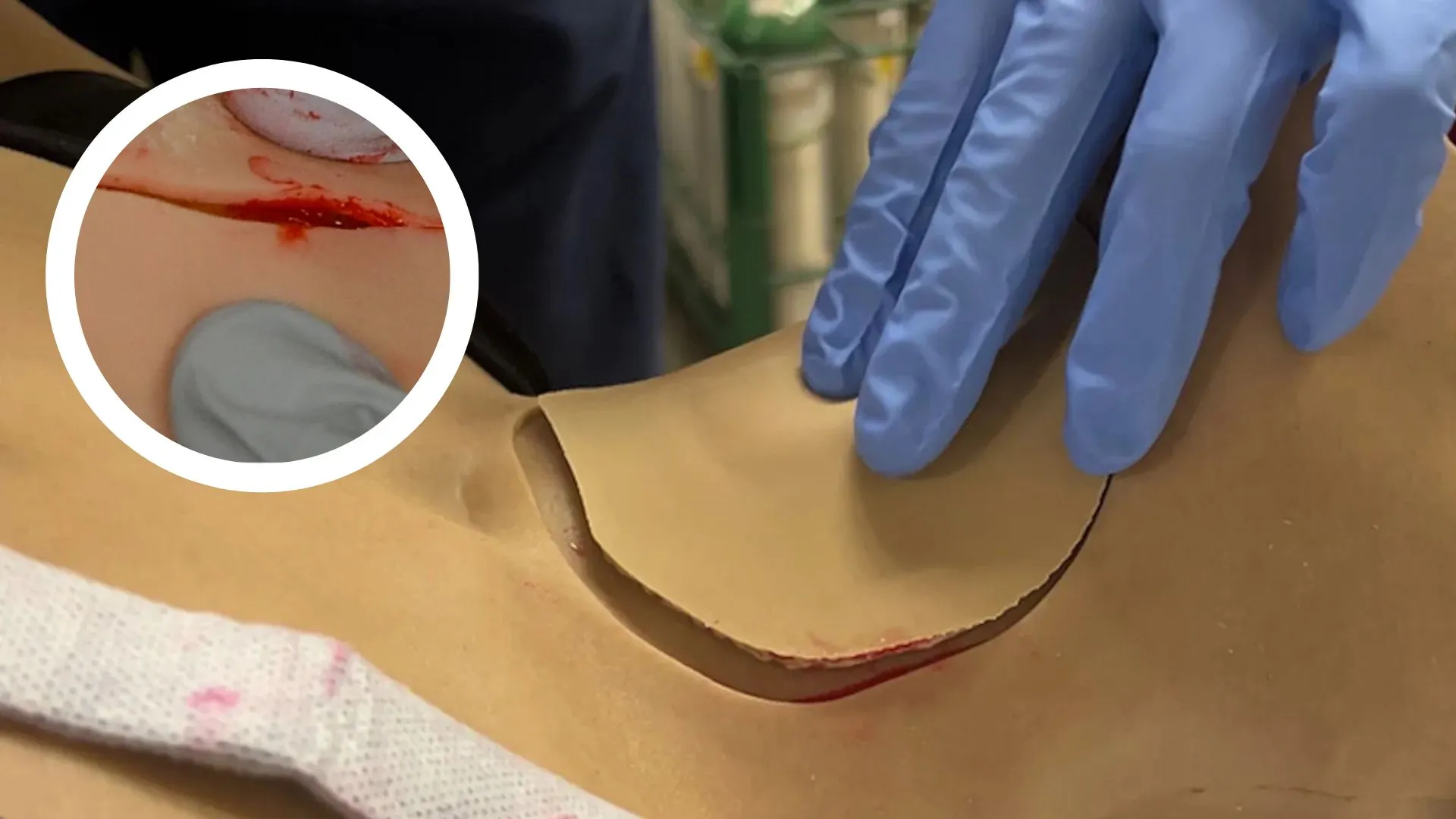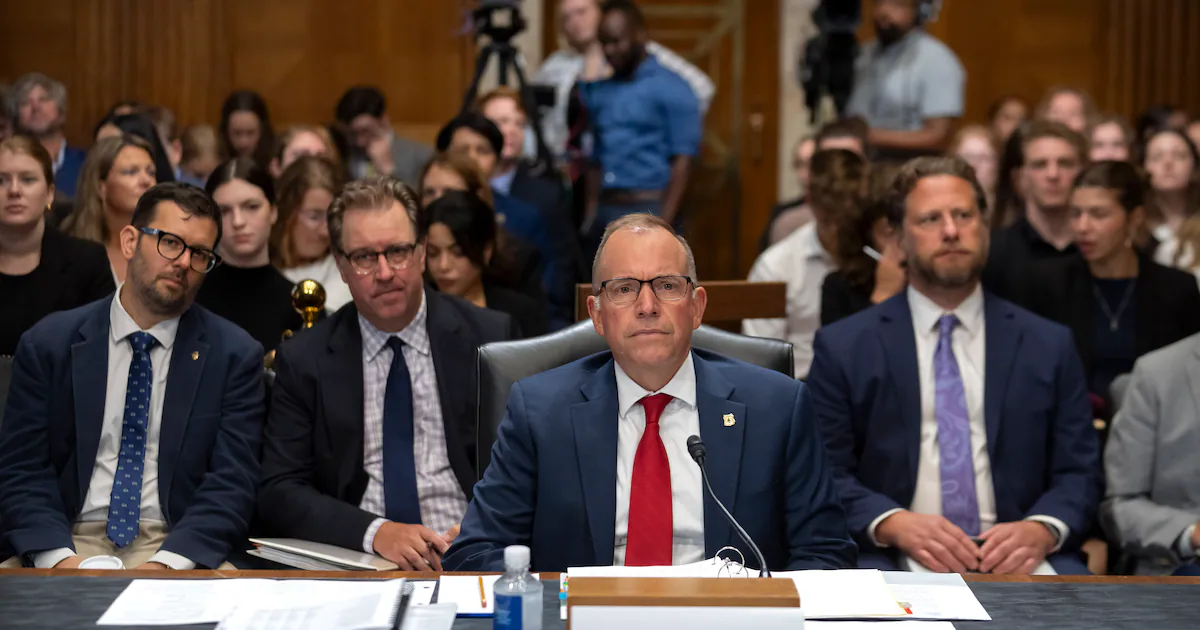
Guest “V’ger is coming! V’ger is coming!” by David Middleton
Carbon-free?
September 25th, 2025 | Earth & Climate
Study reveals roadmap for carbon-free California by 2045
A new study shows California can go carbon-free mostly using current and emerging solutions – but to get there, it must overcome regulatory challenges and scale technologies at an unprecedented pace.
In brief
California will need to more than double its electricity generation capacity to achieve net-zero emissions by 2045.
Half of emissions cuts are achievable with existing technologies like electric vehicles, pending regulatory barriers, while another quarter could come from early-stage technologies.
The final fourth of reductions will require breakthrough technologies still in the research phase, such as decarbonized planes and ships, low-emission refrigerants, and removal of carbon dioxide from the atmosphere.
A 2022 California law mandates net-zero greenhouse gas emissions by 2045 and negative emissions every year thereafter.
[…]
“Reaching net-zero by 2045 is not so much a challenge in cost,” said Benson, “but a challenge in getting the necessary technologies available in time and establishing the social, political, and economic environment to deploy these technologies rapidly and broadly.”
Stanford Report
That’s a relief! The carbon units are off the hook. Carbon-free is just another meaningless slogan.
California will need to more than double its electricity generation capacity to achieve net-zero emissions by 2045.
In 2006, California’s total solar generation capacity was 112 MW. It’s now almost 17,000 MW… More than 7 doublings.
And, contrary to the propaganda, solar power isn’t getting cheaper in California.
In 2006, California’s wind generation capacity was about 2 MW. It’s now almost 72 MW… Almost 5 doublings.
Over that same time period, California’s electricity generation actually declined.
Doubling solar and wind capacity will just yield more of this:
And that’s the bit semi-grounded in reality!
First 52%: Commercial technologies
The necessary technologies already in commercial use that could halve California emissions include renewable electricity generation, batteries for storing that energy, electric passenger vehicles, heat pumps, and machines that produce methane fuel from wastewater, manure, and food and plant waste.
[…]
The authors estimate electric passenger vehicles, solar and wind power, reduced in-state oil production, and replacement of fossil-based gas with methane fuel made through anaerobic digestion could eliminate 44% of the state’s greenhouse gas emissions (based on estimated 2045 emissions if the state were to continue business as usual).
Stanford Report
Batteries? There’s “no Moore’s Law for batteries“.
California is already well-ahead of the curve in reducing “in-state oil production.”
“Methane fuel made through anaerobic digestion” WTF?
California actually ranks first in the nation in biogas potential, with the capacity to generate over 280 billion cubic feet (Bcf) of “renewable natural gas” per year. In 2023, California consumed 2,085 Bcf of natural gas. Even if California maxed out its “methane fuel made through anaerobic digestion” capacity, it could only replace a bit over 10% of its current natural gas capacity.
Regular natural gas, renewable natural gas and biogas all rely on the same chemical equation for energy production:
CH4 + 2O2 –> CO2 = 2H2O
Can someone explain to me the carbon freeness of biogas? I suppose they plan to dispose of the CO2 this way:
Next 25%: Early-stage technologies
The authors estimate a quarter of emissions abatement could come from technologies in the early stages of commercialization, including zero-emission heavy-duty vehicles, clean industrial heating from electricity and hydrogen, and carbon capture and sequestration (CCS).
[…]
Stanford Report
While CCS will technically work, it takes at least four years to get a Class VI CCS permit approved by the EPA or state agency with primacy. The EPA currently has 240 CCS well permit applications that it has received since 2021. Only 3 are are in the “Prepare Final Permit Decision Phase.” Only 55 of those permit applications are in California and none have moved beyond the preliminary “Technical Review Phase.” In contrast, 64 permit applications are in Texas or its state waters. All 3 of the “Prepare Final Permit Decision Phase” applications are in Texas. The odds are that Texas will be sequestering CO2 long before California, while increasing oil & gas production… Irony can be so ironic.
Might as well add pixie dust and unicorn flatulence to this section:
Final 23%: Research-phase technologies
Nascent technologies still in the research phase include decarbonized trains, planes, and boats; low-emission refrigerants; and carbon dioxide removal (CDR) from the atmosphere. Replacing fossil fuels for planes, trains, and boats with electricity, hydrogen, and renewable fuels faces challenges from their weight, cargo capacity, costs, and the limited availability of clean fuels.
[…]
Stanford Report
Decarbonized trains? California can’t even build a carbonized train!
V’Ger actually seems less science fictiony than this “roadmap for a carbon-free California.” For what it’s worth, here’s their publication:
Neutel, Joshua, Andrew Berson, Sarah Saltzer, Adam Brandt, John Weyant, Franklin M. Orr, Sally M. Benson. What will it take to get to net-zero emissions in California?. Energy Policy. Volume 208, 2026,114848, ISSN 0301-4215, https://doi.org/10.1016/j.enpol.2025.114848.



